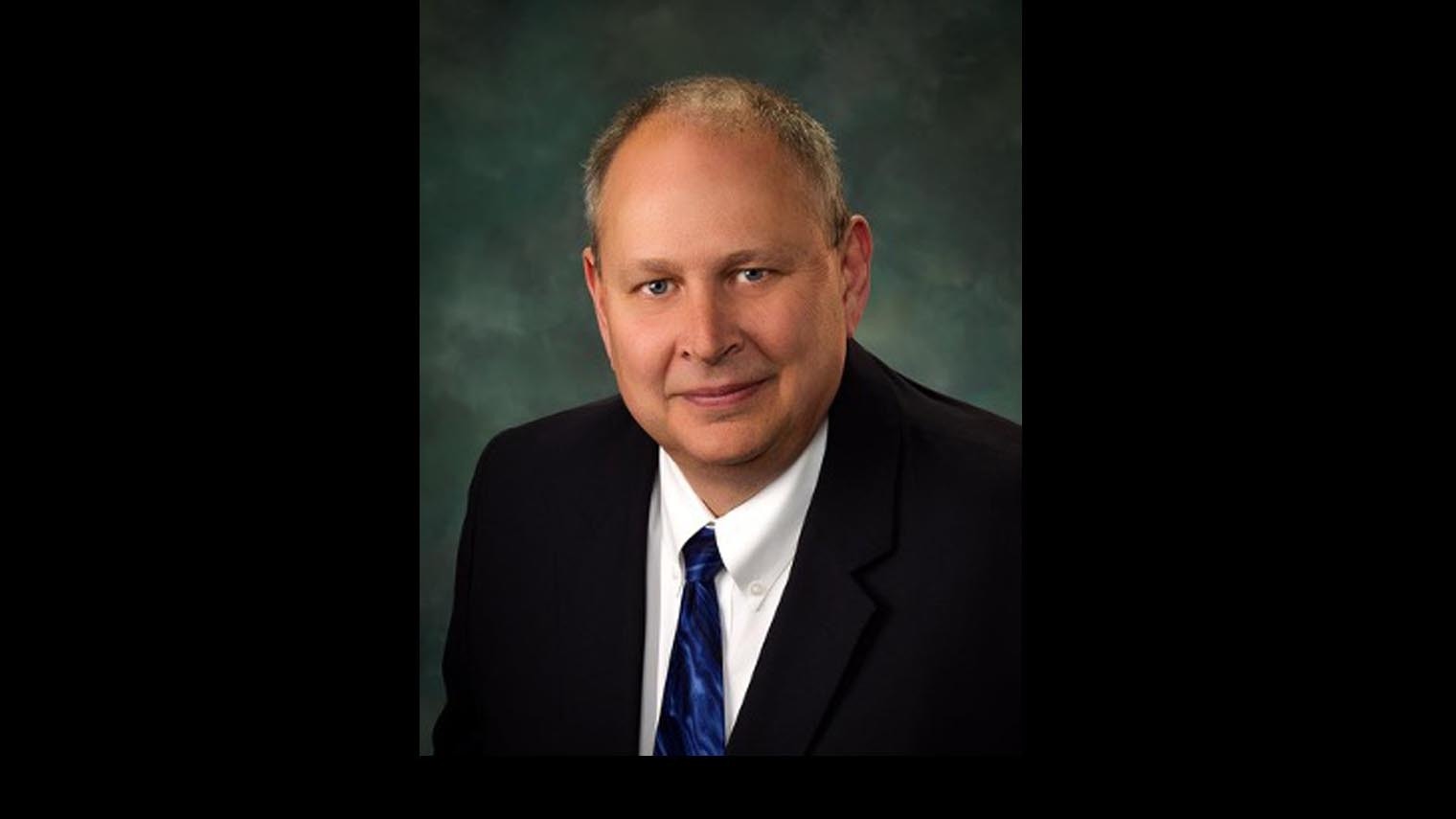Fort Phil Kearney was a United States Military Fort located near Piney Creek in Johnson County, Wyoming. The fort served as the central backdrop of the Indian wars of the mid-1860’s.
The fort was commanded by a former lawyer and Civil War officer named Col. Henry Carrington. Carrington was a conservative officer who had never seen battle during the Civil War. He was transferred west to establish and command the forts along the Bozeman Trail in Wyoming, to protect access to the Montana gold fields.
The fort was subject to nearly daily harassment by the Sioux, Cheyenne and Arapaho warriors. The engagements were generally known as Red Cloud’s War, which encompassed a series of engagements from the Platte River in Converse County, Wyoming through the Powder River Country and all the way to the gold fields in Montana.
In November, a Civil War hero and son of a West Point graduate, William Fetterman arrived at Ft. Phil Kearney. He had been awarded for his heroism in battle in the Civil War and has been field promoted to Lt. Colonel. After the Civil War, he was returned to his rank of Captain.
The almost daily attacks against the Bozeman Trail forts exacted a toll both on the moral and the mission of protecting the Bozeman Road. After losing nearly 70 people to the daily attacks, Carrington adopted a conservative approach to managing the trail.
Fetterman disagreed with Carrington’s conservative approach, and not knowing the enemy or their talents, reputedly bragged with the rallying cry, “Give me 80 men and I can ride through the whole Sioux nation.”
A little more than a month into his posting, Fetterman got his wish.
On a frigidly cold day in December, a tactical ploy by the Native American forces, which took advantage of the U.S. Army’s arrogance set the stage for the battle. A small band of warriors, including the legendary Crazy Horse, attacked a wood train near Story, Wyoming. Carrington dispatched a rescue party to assist the wood train in the attack.
Fetterman, claiming rank, took command of the rescue party.
Carrington ordered Fetterman not to cross Lodge Trail Ridge. The decoy warrior party expertly goaded Fetterman and his troops up the slopes of Lodge Trail Ridge.
Then, spurred on by constant harassment by the raiding party, Fetterman made the decision to cross Lodge Trail Ridge and chase the raiding party two miles down the other side of the ridge to Jenks Creek.
At one-point, Indian lore tells us that Crazy Horse actually climbed off his horse and pretended the horse was lame. That ploy not working, Crazy Horse mooned Fetterman and his troops. They pursued over the ridge.[1]
The mounted cavalry reached Jenks Creek, with the infantry lagging half a mile behind. When the Army forces made it down to Jenks Creek, the Indians signaled for the attack to begin.
Between 1500 and 2000 Sioux, Cheyenne and Arapaho warriors sprang out of the canyons and sagebrush and attacked. The battle was over in 20 minutes. Fetterman’s troops laid slaughtered along the slopes of Lodge Trail Ridge.
The state of Wyoming maintains a wonderful historic trail exploration of the battlefield, with interpretive signs. If one is diligent, and walks the entire length of the battlefield, and one keep one’s eyes open, one can find a rock, carved many years ago marking the site where two civilians, Wheatley and Fisher were killed.
Stories abound about the bravery exhibited that day on both sides of the battle, and in the aftermath. Perhaps, in another series of columns, we can talk about the resulting aftermath of that cold day in December.
The battle was a turning point in the 1860’s Wyoming Indian Wars. Soon, the forts along the Bozeman Trail would be abandoned, and the lands ceded to the tribes for as long as they hunted game in the area.
What are the lessons we can learn from the Fetterman Battle and how do these lessons apply to the Wyoming political landscape?
The first lesson we can learn is that what made you a hero where you came from may not necessarily work in Wyoming.
Wyoming’s environment and its issues are different than any other place in the country. Connecticut, Illinois and California solutions don’t necessarily work in Wyoming.
Before one barges in and arrogantly starts telling people how to do things, one must develop an understanding of why things are the way they are. If one doesn’t understand the history and evolution of the current state of affairs, one is subject to unanticipated surprises.
The second lesson is there are consequences to one’s actions, and oftentimes, other people have to bear those consequences. People on both sides died.
Eighty people in Fetterman’s detachment died because Fetterman chose to disobey Carrington’s orders. Seventy-nine of those people died because of one person’s decision.[2]
Third, don’t underestimate the opposition. Just because someone lives differently and adopts different traditions does not mean they cannot be brilliant, tactical and deadly.
Finally, rallying cries that sound good might motivate people to action, but unless one really takes the time to understand the facts as they are, the rallying cries may turn into quick cold marches into sudden death.
Today, the Fetterman Battle is remembered as a pivotal moment in the history of the American frontier that highlights the complex dynamics of cultural conflict, military strategy, and the consequences of uninformed decisions.
It also serves as a lesson to proceed prudently and cautiously, while always trying to understand the situation as it is.
[1] Special thanks to the Wyoming Historical Society and their marvelous articles on Wyoming History for their assistance in preparing this article. The maps can be found at http://fortwiki.com/File:SiouxWar_Map5.GIF provided via WyoHistory.org
[2] There is a theory that Grummond lead the calvary over the ridge, and Fetterman had no choice to follow with the infantry. As with any history, lots of theories abound, but are beyond the scope of this column.





